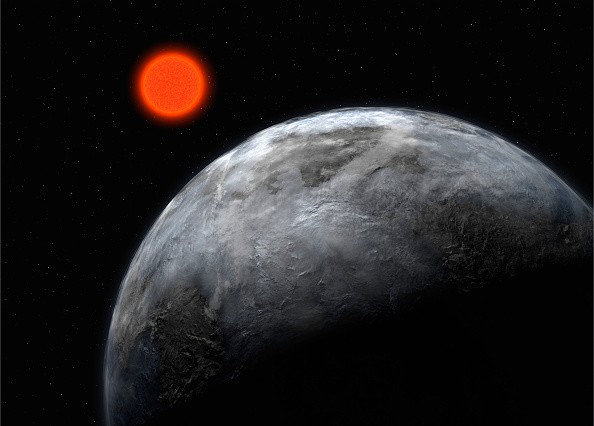A new super-Jupiter exoplanet is puzzling astronomers.

The planet HD 114082 is considered to be the youngest of its kind.
In a new study conducted by the Max Planck Institute of Astronomy, astronomers said they could determine the exoplanet's properties.
Because of these properties, space experts are now puzzled since existing planetary formation theories can't explain how this heavenly body really came to be.
New Super-Jupiter Exoplanet Puzzle Astronomers
According to IFL Science's latest report, the super-Jupiter exoplanet is located more than 300 light-years away from the solar system.

It specifically floats in the constellation of Centaurus.
This heavenly body orbits a star similar to the sun, around half the Earth's distance from the solar system's star.
Although it has the same size as Jupiter, HD 114082's weight is eight times heavier. It is also twice as dense as the Earth.
Astronomers said these characteristics are not common in gas giants based on the existing explanations.
"Compared to currently accepted models, HD 114082 b is about two to three times too dense for a young gas giant with only 15 million years of age," said the new study's principal author, Olga Zakhozhay.
Why This Exoplanet is Confusing
In the new study, which the Max Planck Institute for Astronomy published on Nov. 25, experts stated that most planetary formation models couldn't explain how the super-Jupiter exoplanet came to be.
One of the most popular theories, the core accretion, doesn't fit the characteristics of the HD 114082.
The most fitting theory is the cold start. This planetary formation model explains that when a star cools down, it will contract and turn into a planet.
This leads to the heavenly body's denser and colder characteristics.
However, Zakhozhay said that the discovery of the new super-Jupiter exoplanet changed how they understand gas giants.
You can visit this link for further details about this puzzling space body.
Aside from the HD 114082, new exoplanets were also discovered.
Previously, an exoplanet orbiting three stars was identified.
New super-Earth planets were also spotted by astronomers in habitable zones.
For more news updates about exoplanets and other space objects, keep your tabs open here at TechTimes.
Related Article : NASA James Webb: WASP 39b Exudes More Elements on its Atmosphere, New to Exoplanets
This article is owned by TechTimes
Written by Griffin Davis
ⓒ 2025 TECHTIMES.com All rights reserved. Do not reproduce without permission.




